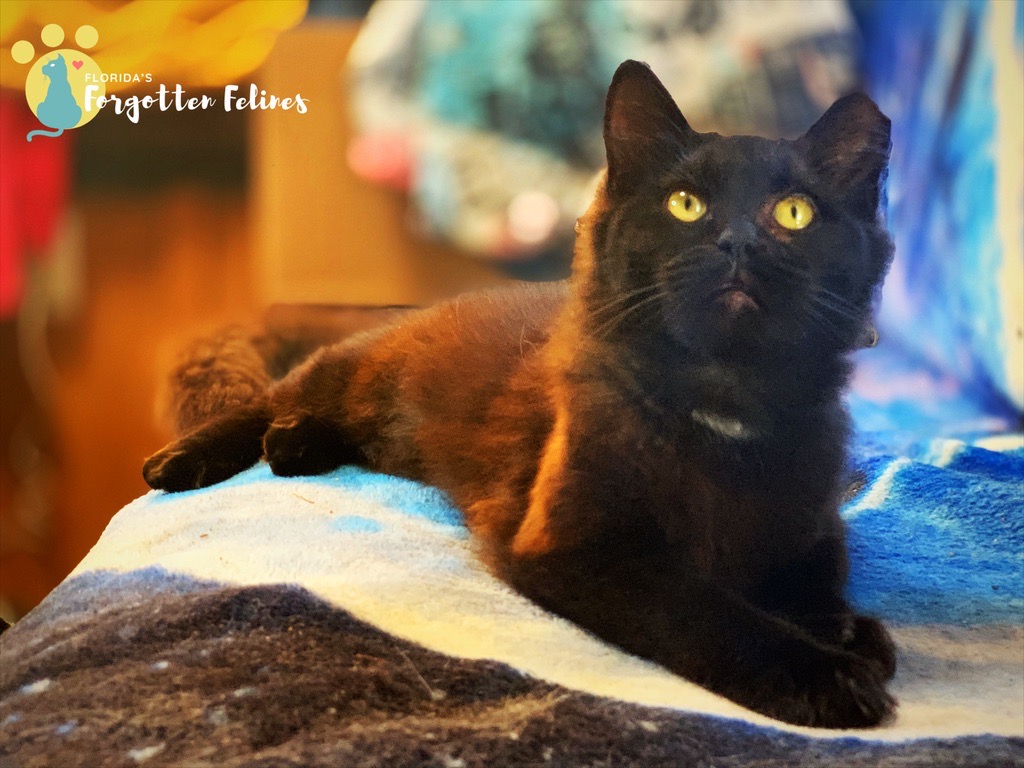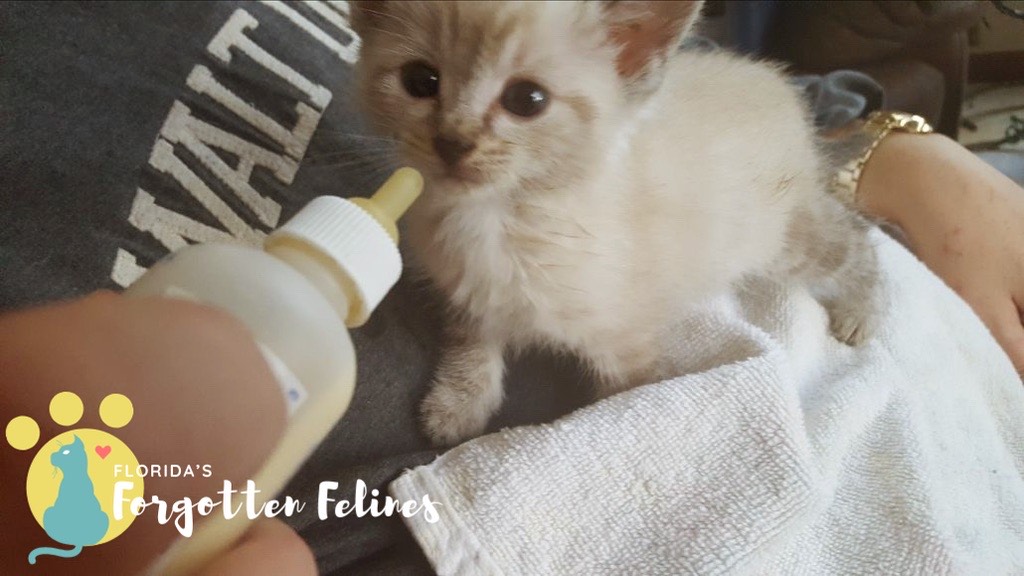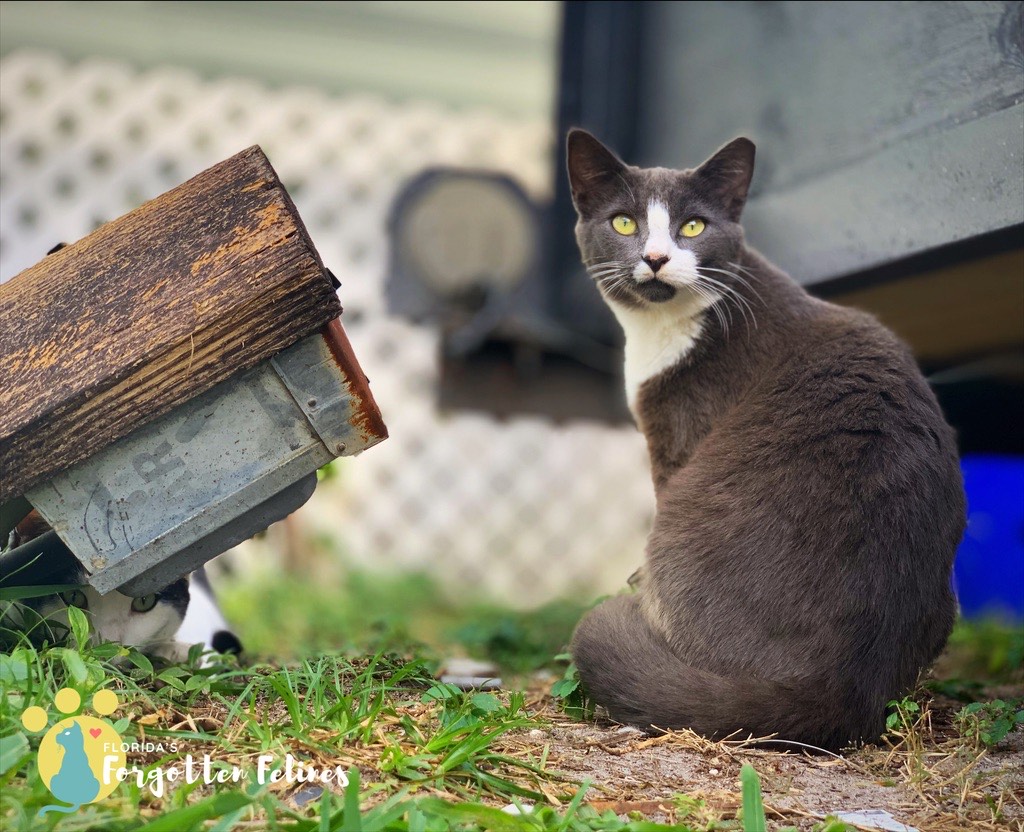A Stray Cat Is NOT A Feral Cat!
A stray is a cat who has been abandoned or who has strayed from home and become lost. Stray cats can usually be re-socialized and adopted.
A feral cat is in unsocialized cat. Either he was born outside and never lived with humans, or he/she is a house cat who has strayed from home and overtime has thrown off the effects of the domestication and reverted to a wild state.
Feral cats should not be taken to a local shelter to be adopted. Feral cats are not pet cats, and they will be killed at most shelters. Because they are un-adoptable, they sometimes don’t even make it to the shelter, but are killed in the animal control truck. Even no-kill shelters are not able to place feral cats.

Stray and Feral Cats

Feral Kittens CAN Be Adopted
Feral kittens can often be tamed and placed in homes; but they must be socialized in their first weeks of life. This is a critical window, and if they aren’t handled in time, they will remain feral, and therefore mostly un-adoptable. The incidence of disease in feral cat colony’s is no higher than among owned cats. Feral cats are not the cause of wildlife depletion. Studies show that the overwhelming cause of wildlife depletion is destruction of natural habitat do to man-made structures, chemical pollution, pesticides, and drought. Not feral cats.
Trap & Remove Doesn’t Work
Not only would you have to continue to remove cats, but this process is also extremely costly. Other cats simply move into take advantage of the available resources. They breed prolifically, thereby quickly forming a new colony. This “Vacuum Effect” is well documented.


Trap, Neuter & Return DOES Work
No more unwanted kittens. Their numbers gradually decrease. The annoying behaviors of a mating cats–such as howling and fighting– cease. The cats are vaccinated and they are fed on a regular schedule. This ongoing care create a safety net for both the cats and the community.
Please note: Although we care for community cats (strays) we do not offer medical care for any cat that is brought to us. We can offer advice on these issues only–not medical services.
We feed about 15 feline colonies (anywhere between 2 and 22 cats in a colony) roughly about 20 stops a day. That’s about 700 cats!
TNR: Trap, Neuter, Release. We have seen HUGE reductions in cat colony populations, and limiting costs and sick kitties.
Hopefully, we will continue to assist and feed these cats in need. We are always looking for help–whether that is in a form of a donation, volunteering, working with us, or just spreading awareness about FFF. We have seen a drastic reduction in the cat population, so hopefully that will continue to occur, as well.